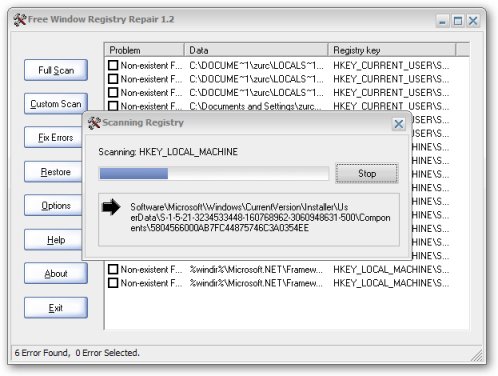

The Windows Registry Editor can be used to change these configuration settings.

The automatic startup programs, display or desktop settings inside the registry aren't always configured according to the user's preferences. By using the Windows Registry Editor's intuitive display, users can edit or update the malfunctioning entries.Ĭonfiguration settings. If registry entries or the keys inside a registry become corrupt or faulty, they can cause the system to crash or other performance issues.

The following highlights several use cases for the Windows Registry Editor: The Windows Registry Editor enables administrators and advanced users to keep the registry operational and make root-level and administrative-level changes, such as setting up access permissions or changing the hardware or software-level configurations. The registry is the backbone of an OS and is critical for system performance. The Windows Registry Editor was initially launched in 1992 with Microsoft Windows 3.1. Why is the Windows Registry Editor important? REG files or create, delete or make changes to corrupt registry keys and subkeys. Fortunately, the Windows registry rarely needs edits, but occasionally administrators must make adjustments to it to import or export. If a change is made incorrectly, the computer's OS may cease to function, but a backup can undo any changes. Only advanced users should make changes to the Windows registry and administrators should always create a backup of the registry before making changes. Each new item in the registry is installed as a subkey that contains specific information about that item, including its location, version and the primary executable file. Third-party programs can also use the registry to store their settings.

This information includes basic boot-up functions, user profile information, startup options, installed applications and drivers, system hardware information and specific design settings. The Windows registry, also known as the registry, is a hierarchical database that stores the configuration settings required for a computer to operate efficiently. The Windows Registry Editor (regedit) is a graphical tool in the Microsoft Windows operating system (OS) that enables authorized users to view the Windows registry and make changes.


 0 kommentar(er)
0 kommentar(er)
